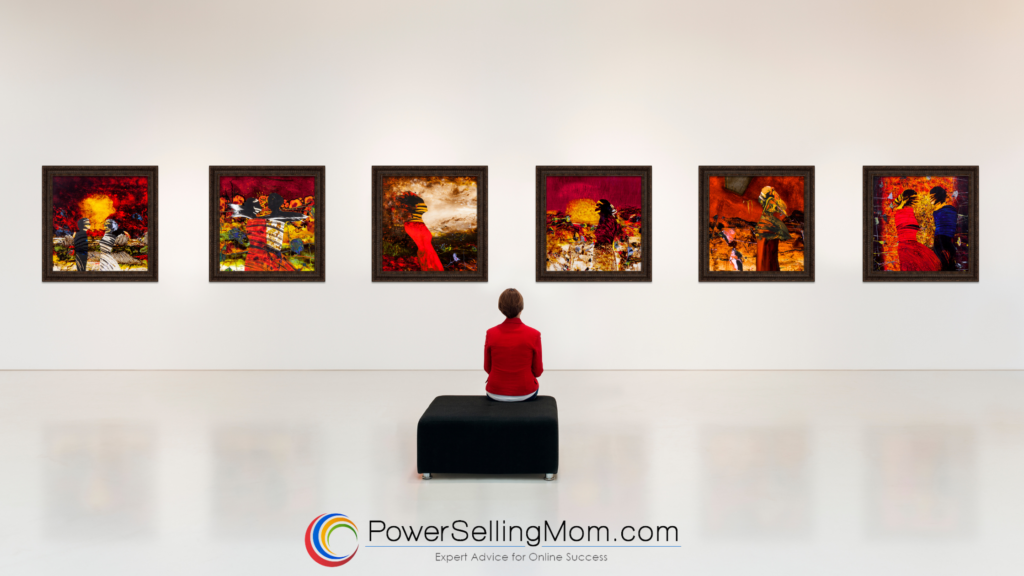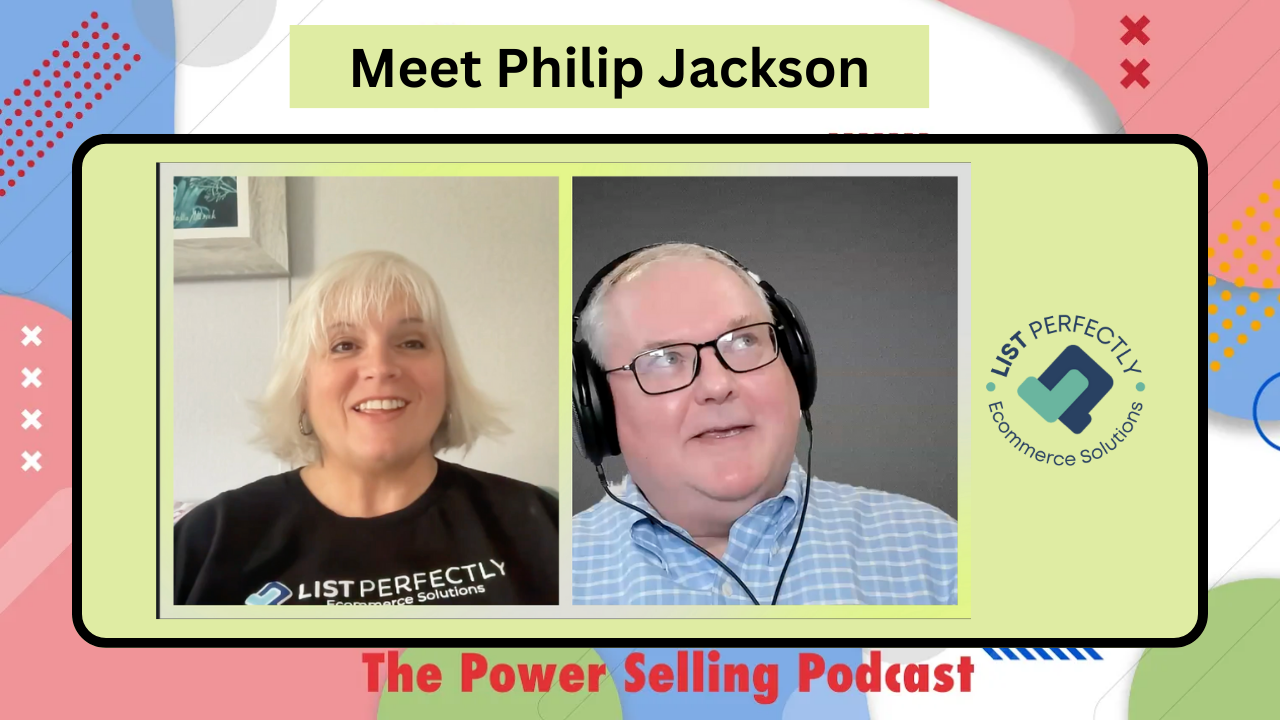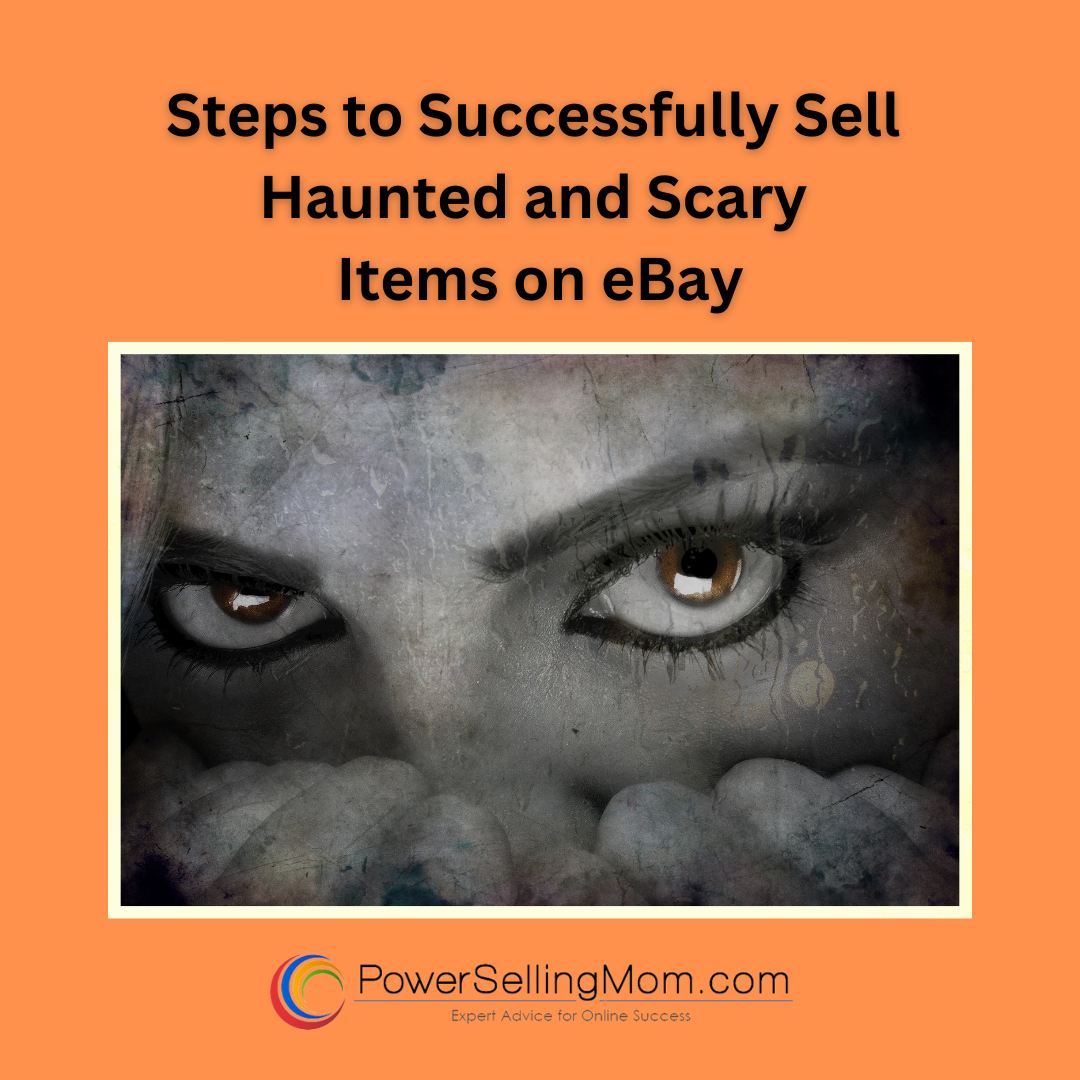Transcripts for Podcast Episode #3
Danna Crawford 00:02 – Hi, I’m Danna Crawford.
Wayne Jordan 00:04 – And I’m Wayne Jordan.
Danna Crawford 00:06 – In today’s episode number three of Flip It or Skip It, we’ll be talking about flipping framed artwork.
Wayne Jordan 00:14 – We’re going to take a look at several different things. Mostly we’ll be covering some of the popular, decorative, and collectible artwork that is on the market these days. We won’t be talking about high-end fine art by listed artists; that’s a completely different world.
Cruise Ship Art
We’re talking about collecting for the home, buying to flip items, sell them on eBay, or sell them in your antique mall booth or your antique store. We’ll be dealing with that kind of item. To start off. Let’s talk a bit about cruise ship art. Danna, you’re a regular cruiser, aren’t you?
Danna Crawford 00:58 – Yes. I love cruising. Absolutely. And they always have art auctions on those ships.
Wayne Jordan 01:05 – Mm-hmm. Have you been to any?
Danna Crawford 01:07 – I have had the champagne.
Wayne Jordan 01:12 – Yes, that’s a popular attraction for those art auctions.
Danna Crawford 01:19 – I wish I could have attended with you though. So tell us how you did that.
Wayne Jordan 01:24 – I was an art auctioneer for a large art gallery. They bill themselves as the largest private Art Gallery in the world. They’re based out of Detroit. At the time I was with them in 2009, they were on more than 50 cruise ships worldwide. And they had, depending on the itinerary, they would have anywhere from one to three auctions a week.
What I discovered by working for the gallery, and learning their sales system, and how they do their art, is that most of the big art companies use the same sort of process for creating inventory. You’re no doubt familiar with Thomas Kincade.
Thomas Kincade is one of the best-selling artists in American history. Now, he’s not critically acclaimed. He has a reputation for selling kitsch. He sure sells a lot of it; sells more than anybody else. And the system that the cruise ship gallery used, and that Kincade uses, is they will have an artist do an oil painting or do whatever their main type of art is.
And they might sell that for, I don’t know, just pull a number, say $40,000. And what they do is they take that original art and they will make a digital file. They’ve put it into something that looks like a great big scanner. This could take a day on a big work of art, to completely scan the thing and it gets all the fine nuances of color and that sort of thing.
Then they have a digital file. Once they have a digital file, they could do all kinds of things with it. So they might create a collectible set of a particular size of artworks. And they’ll do it on canvas. And let’s say that they make a set of 200 out of that same single digital file. But what they’ll do to make them worth a little bit more money is they will set them up and do what’s called embellishing.
They’ll have assistants, the artist’s assistants, go in with paint and highlight parts of the artwork and they call that embellished. This makes it difficult for someone who doesn’t know art. They will look at it and they’ll see the paint on it. And they’ll say well, this is a painting, but it’s not really. It’s a print. A giclee printer is a big, sophisticated inkjet printer. It uses archival quality inks and can create millions of colors and shades and that sort of thing. So they’ll put in a digital file and they’ll start making these prints.
Canvas or Paper
They can do some on canvas and they’ll do some on paper. And some of them they’ll take and have the artists do the embellishment and that kind of thing. And then when they’re done and approved by the artist that did the original, the artist will sign the original, sign the sets, and that kind of thing. So they can end up with a say 1,000 different sizes and shapes of the same artwork, the same image. But it’s in different editions.
They’ll make big ones and little ones and paper ones and canvas ones and embellished ones and non-embellished ones and then they can sell them with frames or without frames, there’s just a lot of different things they can do. So really, you’ve got a captive market there. Because not a lot of that stuff ends up on the secondary market. For example, with the cruise ship art gallery that I worked for, on eBay in the past 90 days, there are only 281 works of art from that gallery. Now that’s nothing!
That company sells millions and millions of dollars worth of art every year, thousands of items. So for them there just to be 281 on eBay isn’t a lot. Thomas Kincade? I mean, they’re everywhere. They have franchise locations. You can find that he licenses stuff for coffee cups and memorabilia and Hallmark stores. I mean, Thomas Kincade stuff’s just everywhere.
There are over 9,000 listings for Thomas Kincade on eBay’s current listings. But for art in general, for the cruise ship art and Kincaid art, the sell-through rate is only about 18%. So fewer than one in five will sell. And there’s not nearly the selection online or in auctions that you’ll actually see in Kincaid gallery or on the Kincaid website, or in the cruise ship gallery, or on cruise ships. That’s where the selection is, and that’s where people are going to buy.
Danna Crawford 06:41: They’re generally slow sellers. In my experience, too. Like I’ve had a few Thomas Kincade pieces of art, and they do sell. But they are very slow sellers. It can take years to move them sometimes.
Wayne Jordan 06:58: The way that the auctions there went is, well, let me do a comparison.
When I’m doing an estate auction or a gallery auction live when an item crosses the block, and I hammer it sold, one of the auction assistants will actually carry that item back to give it to the person who bought it. Or, they’ll set it aside or with their bidder number on it. But when it’s sold, it’s sold.
Now, in the cruise ship art auctions, you sell something at the auction, you hammer it sold, they don’t get it right then. They have to go back to the art gallery after hours; you set up an appointment with them. And that’s where they do all the paperwork to buy it and that sort of thing. But they don’t get the one that they saw at the auction unless it’s a clearance item.
Cruise Ship Auctions
What they’ll do, and it says in the fine print of the auction contract that you review with them, is that they’ll get one delivered and freshly framed from their shop and their warehouse. So if at the auction they bought number 232 out of a set of 300 they might actually get number 14 out of that set. You don’t know. They don’t get what they actually bought.
Danna Crawford 08:17 – I have a couple of questions. Do you get certificates with these when you get them on cruise ships?
Wayne Jordan 08:23 – Yes, you get a certificate of authenticity that comes with it. We could have an entire conversation about certificates of authenticity and their actual value.
Danna Crawford 08:34 – Let’s do that.
Wayne Jordan 08:35 – Okay, okay. When you see something with a certificate of authenticity, how much does it mean to you?
Danna Crawford 08:44 – Well, as an eBay seller, it actually increases the value. And again, it also helps sell it faster. And it increases the value so I can flip it quicker if I have a certificate. Now, if it’s in a different category, like comic books, or, you know, trading cards, or something like that, it depends on who the certificate was issued by. So the art world I’m sure has its own standards as well. But collectors, my guess collectors would know that.
Wayne Jordan 09:23 – I guess my feeling is, first of all, whenever I buy art, anywhere, whether it’s a local gallery or an estate sale or whatever, I prefer to get any validation that I can get with the item. If it’s got an old gallery sticker on the back, I want it to stay there. I want to keep things in the original frame. Buyers usually prefer to have it in the original condition. So leave the frame.
If the frame is a little bit rickety, I don’t try to fix it. I’ll let them do that because you can spend all your profit in time fixing and cleaning and that kind of thing. So I don’t like to do that. So for certificates of authenticity, they’re just as easy to fake as to fake art. And I’ve read that Thomas Kincade is a huge seller in the Asian market.
To Frame or Not To Frame
But that’s also where Kincade’s are most often faked because they have access to the same high-quality scanners and giclee printers that everybody else does. So you can run it through and you can fake the signature. It’s just too easy to do. And if you can fake that, you can fake the certificate of authenticity, too. So cruise ship collectors, people who attend those auctions, just buy a lot of art. And, and many times they don’t even get it framed.
They buy it and they get it in the tubes, and they stick it in their closet or under the bed. They just like buying that stuff. At the cruise ship auctions, art comes both framed and unframed. And when you’re presenting the piece, you say, you’re bidding on unframed art or you’re bidding on framed art. When they set the appointment to go back to the art gallery, and fill out the paperwork for the art, if it’s unframed, you can say well, what are you going to do with it?
Are you going to hang it on your wall? You’re going to leave it in the tube, put it under your bed? And sometimes probably, you know, a third of the time, people say, “oh, no, I’m gonna, I’m gonna put this up.” Well, where are you going to get it framed? “I’m going to get it framed at the local craft store or framing shop.” Well, framing is expensive.
You can spend more on framing than you spend on decorative art.
The gallery that I worked for had a standard display of 10 different frame styles that were all $300. And if you were buying art on canvas, of course, you don’t put glass over it. Because the canvas needs to breathe. You only put glass over paper art. But the gallery didn’t use glass at all. They used UV-resistant Plexiglas because you could ship it without it breaking. Because if you ship glass and it cracks and rips the art, then you got a problem. So they always use UV-Plexiglas.
It’s much more expensive than glass. But when you’d bring these people into the gallery, about a third of them would buy the framing. So even if they bought the artwork for, you know, a set for $300 they could spend another $300 apiece on framing. So, yeah, you could upsell. But you can also upsell for appraisals to get an appraisal for $35 each, and then you could get shipping insurance and, by the time they got out of there, they spent a lot more than the $300 they had bid.
But that’s part of their selling system. Let me clear something up here: There’s no high pressure. I mean, these are auctions. People don’t have to bid, right?
They bid because they:
- Like It.
- Collect it.
- It’s fun.
- It’s part of their vacation.
- It’s their souvenir, their memorabilia.
- The best reason to buy art is that you like it.
Well, let’s take a break here. We’ll be right back with our discussion of flipping framed art. After this message from our sponsor.

WorthPoint advertisement 13:39
Have you ever bought an item to resell, got at home, and discovered that it wasn’t what you thought it was? With WorthPoint’s Encyclopedia of Marks, Autographs, Patterns, and Symbols, you’ll always know what you have and what it’s worth. Find over 150,000 identifiers updated weekly covering glass, china, coins, currency, tools, and more. Don’t waste your time and money, use WorthPoint! For a seven-day, seven-lookup free trial, go to WorthPoint.com
Wayne Jordan 14:08 – Okay, let’s get back to our discussion about flipping framed art. Here’s something that I found interesting that I want to discuss with you. As I was looking at these Kincaid prices on eBay, I found that in sold items, when I sorted them, that the top eight auction results only had one bid. When you see something purchased and there was only one bid, does it give you pause?
Danna Crawford 14:35 – No, not necessarily. Because if the opening bid is high, it could be someone is just gonna wait, and you know, drop that price at the last minute that they’re willing to pay it? So, I know some people have doubts that it’s not authentic, but in my experience, it generally is because I’ve done it, that’s how I know. I’ll start an auction really high, or I’ll start it with the lowest price that I would take, which is high, and one person will come along and buy it.
Pros and Cons
No other bids. It has pros and cons because it will scare people off. They want to get in on the action of 99 cents and build it up, versus starting high. But you can get that breakdown, to make that decision by going through WorthPoint and taking a look at the high end to the low end. And then make that decision on maybe starting your auction in-between.
Wayne Jordan 15:50 – As an appraiser, when I research eBay and I’m doing, let’s say, an estate appraisal or an insurance appraisal. When I see something that’s got only one bid, I want to take a really close look at that one bid to see, well, what are the results of the auction? Did it have a high starting price? But I’m always nervous when I see one person.
Danna Crawford 16:17 – I know I had a lady, one of my consignment clients, bring me a painting of Abraham Lincoln. And it was very old. It was really big. It must have been 24 inches by 36 inches, it was quite large. And all she knew was that it had been in her family. And she didn’t have any details on it, no certificate, nothing on it. It even looked discolored a little bit, the paint on it looked darkened.
So I called around and who knew, but our local art gallery, our museum, it’s called the Appleton museum here in Ocala, Florida. People don’t realize that you can call your local museums, and they will take a look at your art (at least ours did). So I took it down there and it cost me $100. For that $100 she wouldn’t give me a certificate, of course, unless I paid $300. But I went with just her email for that.
Appraisals Can Help
Basically, she told me that she was able to date it and give me more information about it. That was enough for me to list it without a certificate, but have the proper information on it. So you might want to check with historical societies or local museums, they may offer that service. I know I didn’t know it. And it was quite handy to know that
Wayne Jordan 18:09 – There is so much estate art on the market. Anytime you go into an antique store or antique mall or you look online, there’s just a lot of it around. And there is money to be made in flipping estate art. It might be a little bit more difficult to flip, say, Thomas Kincade art.
Even though a lot of it shows up online, it would be more difficult to flip it just because there’s so much of it out there. But a lot of the estate art that you see are originals. They’re one-of-a-kind, or because they’re oil paintings. I mean, you can still find art prints and that sort of thing, which which are another subject and have a value of their own depending on how they’re done. But for estate art and old oil paintings, if you buy the right kind of things, they’re fairly straightforward to flip. And here’s what I mean by buying the right kind of things.
There is an author named Ron Davis who wrote a book called The Art Dealers Field Guide. It’s my favorite book in that genre because he really breaks it down for novices in the art world as to what they should be looking at if they want to flip art. And he mentioned things; like, for example, pictures of women sell better than pictures of men.
Types of Art That Sells
Young girls sell better than pictures of young boys. But in any of those works of art, looks count. Pretty is more desirable than ugly. You know, people like to look at something that’s pleasant. Another interesting point is that landscapes generally sell better than seascapes. You mentioned earlier that you like seascapes.
Yeah, I like seascapes, too. I lived in Annapolis for years and grew up in the Chesapeake Bay. I have a fondness for all things nautical. But, I now live in the Blue Ridge Mountains. So I’m fond of landscapes as well. But open landscapes, rolling hills, for example, sell better than interior forest scenes.
Lively pictures sell better than morbid pictures, you know. Pictures of people dying aren’t all that popular, even if they’re historical figures. Bright sells better than dark, day sells better than night. And here’s something that you won’t have any trouble believing at all: domestic animals, pictures of domestic animals, sell better than pictures of wild animals.
Facebook proves that pictures of dogs and cats are popular items. They sell better than, say, deer, or fish, or something like that. But also size and shape. Big is better than small, horizontal sells better than vertical, that sort of thing. If dealers are out getting a feel for these things, for example, if they find a big, sofa-sized, open landscape, it might sell better than a similar seascape.
Once you know the parameters for what’s selling best, you can go into antique shops that buy out estates. They end up with more art than they know what to do with. In general, these dealers don’t know anything about art, they really don’t. I mean, they’re either gonna put phenomenally high prices on it that they can’t substantiate. Or, they’re starting to stack up a bunch of it, and they want to move some of it out.
So you can usually find pretty good deals there. And that’s where I’ve made my money in art, is buying estate art and flipping it. It may take a while, as you pointed out, it could sit around for quite a while. But when you do flip it, you get a good price for it.
Danna Crawford 22:23 – Yes. So for example, if you go into a Goodwill or a thrift store, grab a seat, get in a comfortable position, because they always have those paintings or those prints. They have an area where they’re all stacked up. And if you sit, get out your app for WorthPoint, get out your app for eBay.

I generally will start by looking up the artist. I’ll start by looking up the artist and then I will pull out the ones that have potential because of the artist and start putting them into a pile. Then next, if you want to spend more time, like you said, go through and look at the art itself.
- Is that a landscape?
- Is it nautical?
- Is that a dog or a wolf?
- Is it friendly or morbid?
Then you can break it down that way. And then you can also search according to the design, and do a search that way. So that would be a good starting point to flipping or skipping it when you’re in the thrift store.
Wayne Jordan 23:36 – Cool, good advice. Well, I hope everyone enjoyed today’s episode, and we hope you come back and visit us again. Thanks for being here. Danna, take care.
Danna Crawford 23:48 – All right. Bye-bye.

Listen to the Show
Socialize with Us Online
- Twitter.com/flipitorskipit
- Pinterest.com/flipitorskipit
- Instagram.com/flipitorskipitpodcast
- Facebook.com/flipitorskipit
- Linkedin.com/company/flipitorskipit
Feel free to reach out direct from my CONTACT PAGE.
About The Podcast Hosts

Danna is best known as the “Power Selling Mom.” An eBay seller since 1997, Danna was inducted into eBay’s Hall of Fame in 2008.
Other achievements include Elite eBay Top Rated Seller (aka Powerseller)International Certified eBay Business ConsultantInternational eBay Selling coach local Expert – Authorized by Constant ContactUnited States Post Office Workshop Presenter.
In addition to running her own eBay consignment business, she is the Strategic Director for WorthPoint Corporation. Danna organizes WorthPoint’s Treasure Hunts and enjoys helping others learn about eBay and research items using WorthPoint.

Wayne is a Virginia-licensed Auctioneer, Certified Personal Property Appraiser, and Accredited Business Broker. He specializes in helping those in the antiques and collectibles trade sell more, manage better, and plan more effectively.
Wayne’s auctioneering travels have taken him across the U.S. from Florida to Alaska and internationally to sixteen countries from Russia to Panama. He has sold various goods at an auction: cars, real estate, jewelry, fine art, antiques, business assets, and estate property. He is the author of The Business of Antiques published by Krause Books, Antique Mall Profits for Dealers and Dabblers, Consignment Gold Rush: the Ultimate Startup Guide, and Relocate for Less, published by Learning Curve Books. Currently, Wayne is the Senior Editor for WorthPoint Corporation.
View More Podcast Episodes
- Episode #1 – Concert Apparel
- Episode #2 – Zippo Lighters
- Episode # 3 – Framed Decorative Artwork
![]()







